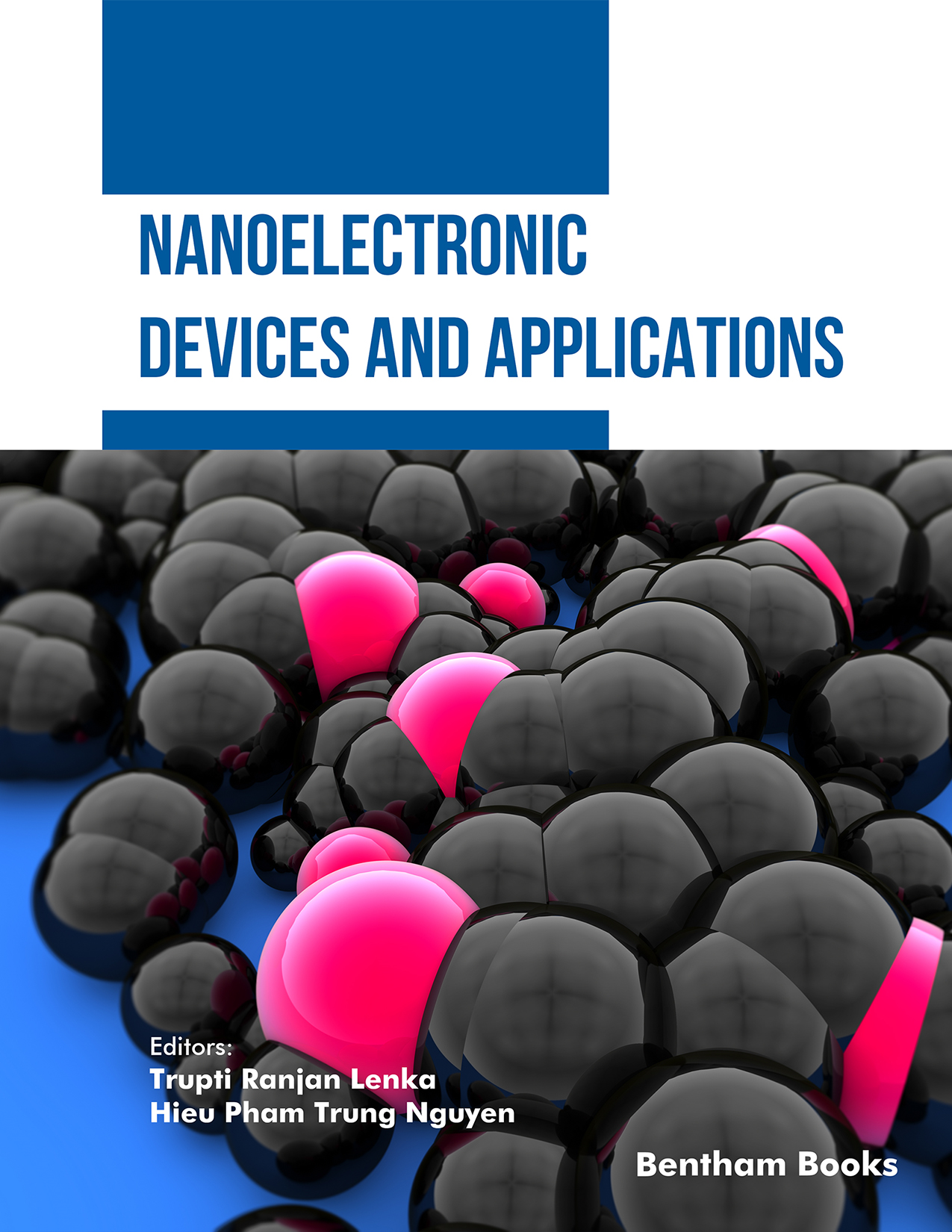Nanoelectronic devices play a crucial role in current and future practical applications, including quantum computing, automotive, display, sensing, high-power electronics, and consumer electronics. These emerging applications have their specific, unique requirements and demand integration of functionalities into a single chip with high efficiency, smaller size, lightweight, and high-power handling capability. These research fields have attracted researchers and are of great interest in the photonic and electronic communities.
This book contains 16 chapters, presenting recent advances as well as new directions in emerging nanoelectronic devices and their applications. It covers novel materials systems, band engineering, theoretical calculation, modeling and simulations, fabrication and characterization techniques, and emerging applications of nanoelectronic devices. Several discussions presented in this book are based on current innovations and trends toward the next several years.
Chapter 1 presents an overview of recent innovations and future prospects in III-nitride semiconductor technologies for RF, power, digital and quantum computing applications.
Chapters 2 and 3 report new trends in GaN-based optical devices for sensing and micro-display applications. In Chapter 2, a comprehensive review on GaN-based sensors is presented, and a special focus is on GaN-based integrated optical devices with detailed elucidations on their sensing mechanisms, device fabrication, performance, and applications. Chapter 3 shows current interests in nanophosphors and their utilizations in improving the device performance of InGaN nanowire light-emitting diodes (LEDs). These approaches provide potential solutions for achieving high efficiency micro-LEDs for micro-display, AR/VR headset applications.
Recent studies on the effect of potential profile on the carrier transport in AlGaAs-based double quantum well structures and their applications are explained in Chapter 4. This chapter lists possible approaches for the improved performance of emerging low dimensional semiconductor devices by engineering their band energy structures.
Recent progress in high-electron-mobility transistors (HEMTs) is presented in Chapters 5, 6, and 7. Current developments, general challenges in device fabrication and reliability, and future prospects of HEMTs are also clearly discussed in Chapters 5 and 6. Chapter 7 shows the capabilities of the ADS tool in simulating the characteristics of HEMTs.
A comprehensive review of β-Ga2O3 with details on material properties, growth approaches, and its applications for next-generation high-power electronics is displayed in Chapter 8. This chapter also discusses the potential of this material system for future nanoelectronics. Looking at the different figures of merit for different ultrawide band gap semiconductors of interest, β-Ga2O3 material has the potential for far superior performance than conventional wide band gap semiconductors (GaN and SiC). Chapter 9 presents detailed investigations of the effect of dielectric layers on the characteristics of AlN/β-Ga2O3 HEMTs. These studies provide deep insight into the design and development of HEMTs for high-frequency and high-power electronic devices.
Chapters 10-14 summarize recent studies on field-effect transistors (FETs) adopting different materials and structures. Chapter 10 discusses the device performance based on electrostatic parameters in InAs raised buried Oxide SOI-TFET with n-type SiGe pocket. The tunneling width and the lateral electric field play important roles in the subthreshold swing of the devices. Chapter 11 summarizes current approaches to achieve high-performance ETLTFET compared with its homo-junction counterpart by using SiGe source-based epitaxial layer-encapsulated TFET. Chapter 12 includes important studies for reducing the effect of trap charges on numerous electrical properties in traditional NR-FETs by using heterodielectric BOX nanoribbon FET structures. These studies show important approaches to the design of high-reliability TFET. Chapter 13 discusses a unique configuration of FET using nanosheet FinFET structures. The design, operation, device performance and emerging application of this type of FET are presented in this chapter. The applications of FET and HEMT have been intensively investigated for biosensing applications, including label-based and label-free detection techniques. Chapter 14 presents recent trends in biosensors for medical diagnosis using FETs and HEMTs.
Chapter 15 summarizes current research on the 2-dimensional material Tungsten Diselenide (WSe2) with a special focus on the material properties, device structures, applications, and challenges.
Chapter 16 presents a systematic review of in-demand applications of memristors and memristive semiconductor devices. Memristors show promising applications in neuromorphic and memory-remembering applications. Moreover, memristors are highly promising for the design of signal processors, FPGAs, and sensors. The theory, applications, and future perspectives of memristors for the silicon post-silicon era are clearly discussed.
We would like to take this opportunity to thank all authors for their valuable contributions to this book. We would also like to acknowledge all reviewers of this book for their time and comments.
Prof. Trupti Ranjan Lenka
Department of Electronics and Communication Engineering
National Institute of Technology Silchar
Assam, 788010, India
&
Prof. Hieu Pham Trung Nguyen
Department of Electrical and Computer Engineering
Texas Tech University
1012 Boston Avenue, Lubbock, Texas 79409, USA

